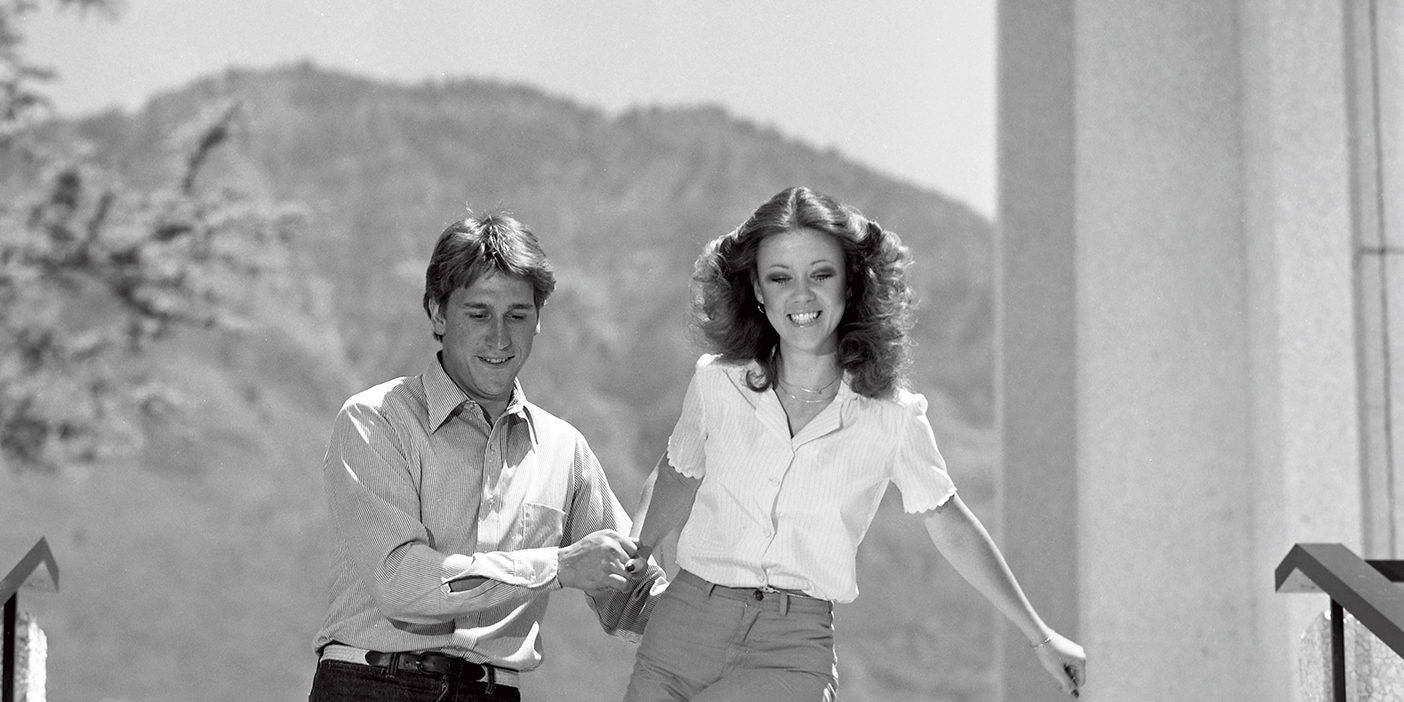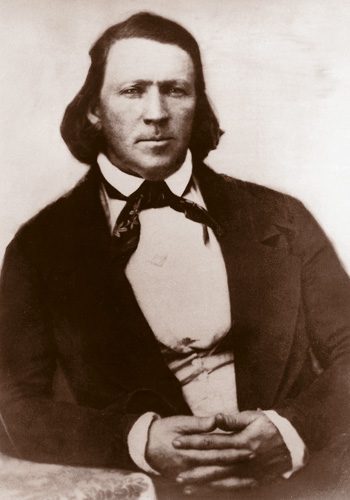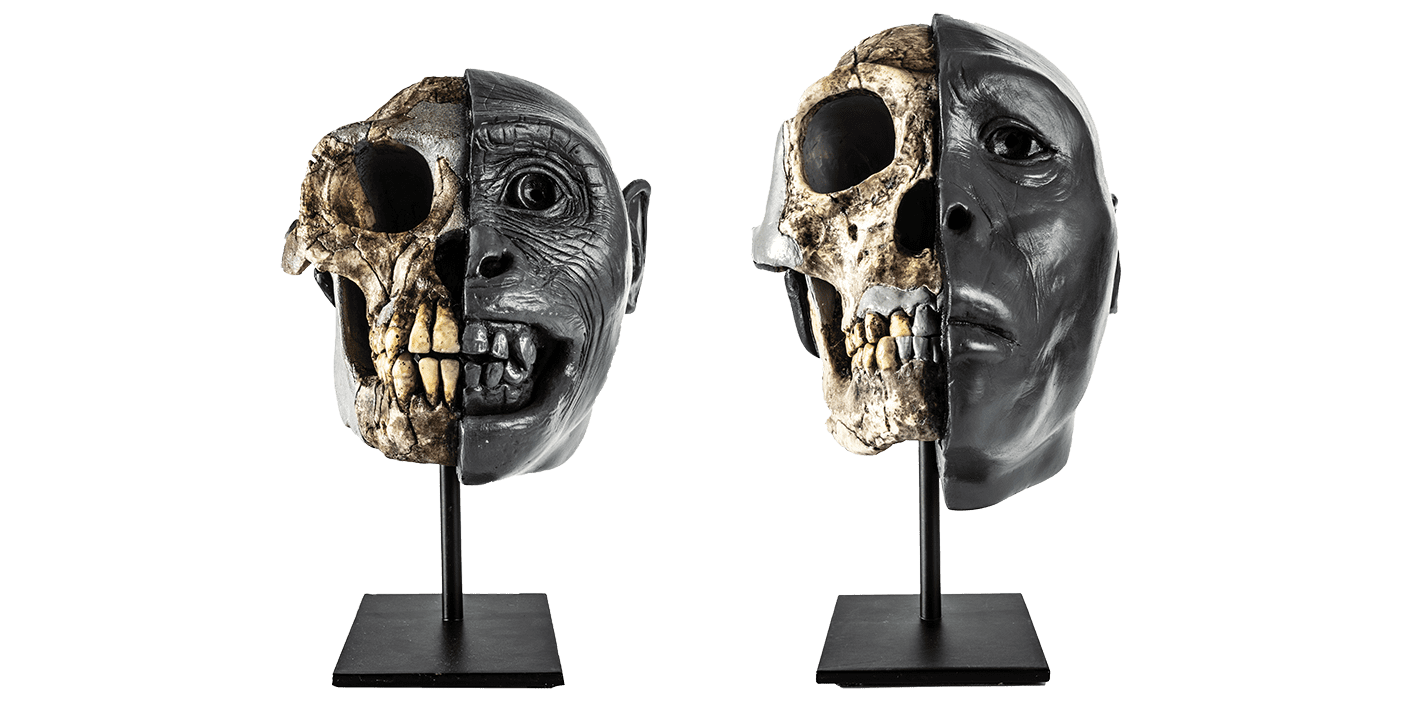BYU performers reflect on their life-changing international tour, 50 years later.

On tour for the U.S. State Department, members of Curtain Time USA, here in 1965, performed for students, dignitaries, and even a king. Courtesy BYU Photo.
Billie Jean O’Brien (BA ’66) searched through her trunk at her home in Miramonte, Calif., to locate the ornate emerald green pants and detailed matching blouse she purchased abroad when she traveled for BYU and the U.S. State Department with a talent extravaganza called Curtain Time USA. Among the treasures contained in the chest was a yellow rag attached to a cane.
“I wondered what that old thing was doing there before I remembered it was a prop I had used for a magic trick with Dave [David K. Jacobs (BS ’61, MA ’67)] when we did a Mary Poppins number,” she says.
O’Brien and Jacobs recently joined nearly two dozen former classmates on campus to celebrate the 50th anniversary of their four-and-a-half month international tour, which was chronicled extensively by fellow performer Jay M. Todd (’60) for the Deseret News and made them Utah celebrities.
“We knew we were having a once-in-a-lifetime experience that would shape the way we look at the world,” says Norman L. Nielsen (BS ’63), the tour manager and one of the group’s entertainers.
The idea for the tour originated after a team of BYU students performed for an LDS ward in Washington, D.C. Members of the U.S. State Department, invited by Utah’s senators and representatives, “were impressed enough to suggest that BYU be added to their Cultural Exchange Program,” Nielsen says. Until that point, he adds, the department had chosen only professional groups for the goodwill program: “We were the first time they sent a college unit.”
Members of Curtain Time USA gave shows in the Middle East, Europe, Asia, and the United States. Rosanne Tueller Nielsen (BA ’67), a soprano who had recently been named first runner-up to Miss America, remembers a Middle East with a distinct European flavor and a Beirut that was so stunning, it was called “the jewel of the Mediterranean.”
Prior to their trip, students learned proper etiquette and behavior protocol for the countries they would travel to. Because it was a goodwill tour, they attended multiple receptions and visited colleges and high schools.
“We had been prepared so well in advance with a class taught by faculty all over campus, we were able to do more than make small talk,” Norman Nielsen says. “We could ask specific questions about each country as well as economic and social questions. We also learned what topics and questions were inappropriate to address.”
Nielsen remembers visiting Iraq’s only television station. Students knew they were not allowed to talk about their religion on the show, but after the host saw the group praying together in a waiting room, Nielsen adds, “he let everyone know we were Mormon. Wherever we went after that, people smiled, waved and shouted ‘Mormon.’”
Another highlight of the tour reunion-goers noted was visiting King Hussein of Jordan and doing a spontaneous concert for him. The next morning a messenger brought the performers watches and embroidered jackets from the king.
Because of their demanding tour schedule, performers say they realized more in hindsight just how unique their experience was. “We were moving all the time,” Norman Nielsen says. “We did not have time to stop and savor what we were experiencing. It was always the next reception or next flight, next bus, next show, next stage set up, and next set to strike. As we have thought about it over the years, however, it was . . . the best of times.”
Adds Jacobs, “This trip was the stuff that dreams are made of, but we didn’t dream them. We lived them.”









